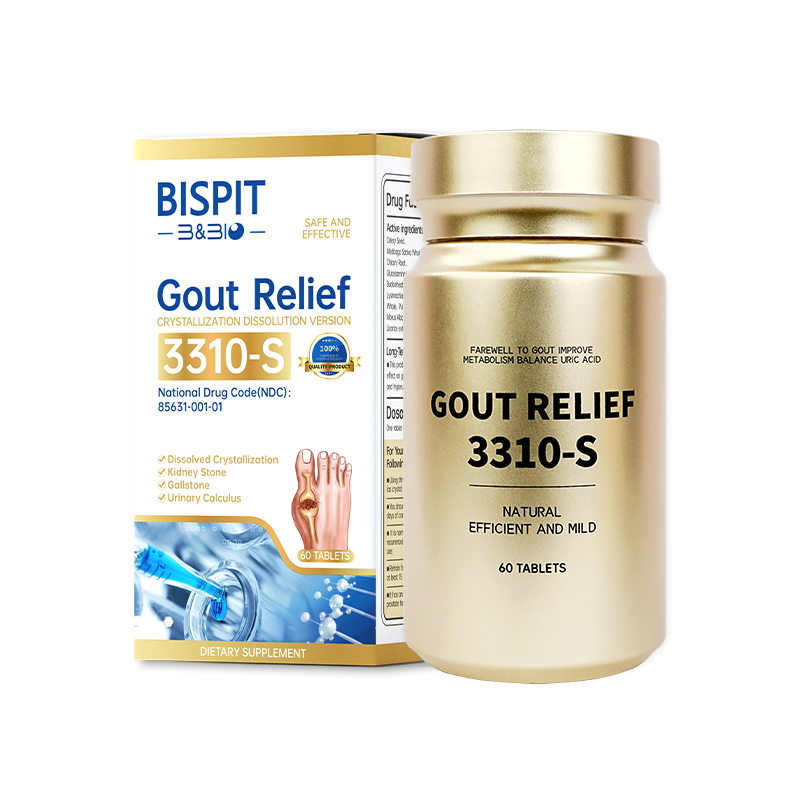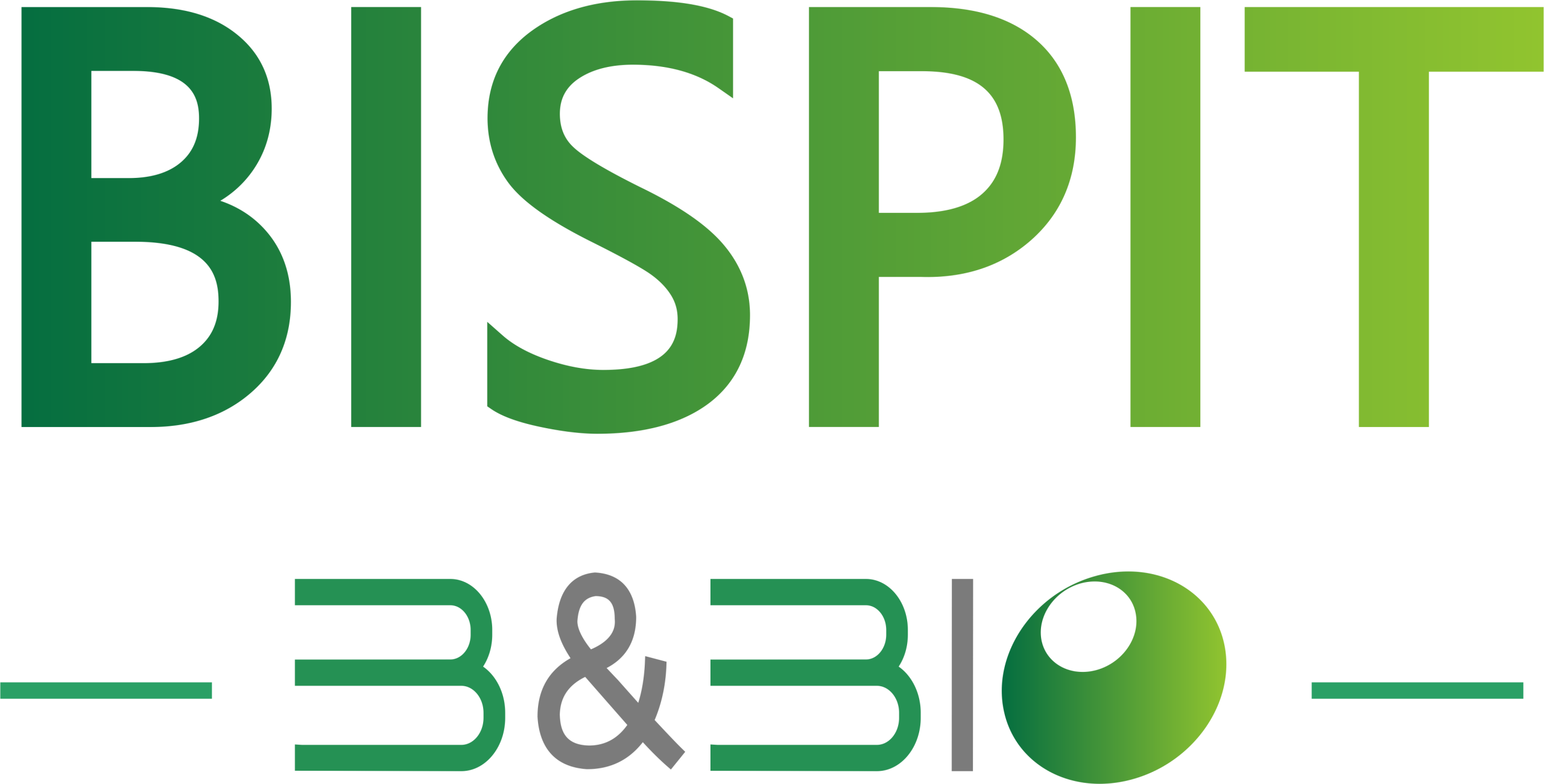On hot summer nights, the combination of fragrant seafood and ice-cold beer is irresistible. Yet, overindulging in purine-rich seafood can trigger an acute gout attack. Patients often wake in the night with excruciating pain in their toe joints—like being cut with a knife or burned—accompanied by marked redness, swelling, and increased skin temperature around the affected joint, severely disrupting sleep.

The previous evening’s lavish feast becomes the fuse for the current joint inflammation and pain. In our steaming-hot season, the number of such cases is quietly rising. In China, gout and hyperuricemia have become prevalent health problems. According to the “Chinese Guidelines for the Diagnosis and Treatment of Hyperuricemia and Gout (2019),” 13 out of every 100 people have elevated uric acid, and one person is suffering from gout!
Why Does Eating Seafood Make Gout More Likely?

Gout is a recurrent inflammatory disease. When blood uric acid rises beyond a certain level and cannot be excreted efficiently, excess urate accumulates in joints, tendons, and surrounding tissues, forming crystals that irritate joint tissues and trigger an immune-cell–mediated inflammatory response.
The most typical presentation of a gout attack is its sudden onset at night—sometimes you’re woken in the early hours by intensifying toe pain! The affected joint becomes red, swollen, painful, and hot to the touch; the pain can be so severe it’s unbearable. The skin over the joint may appear purplish, taut, and shiny.
Under normal circumstances, moderate consumption of seafood typically does not induce gout, but chronic, excessive intake may. Most seafood contains moderate to high levels of purines. Gout often arises from long-term overconsumption of purine-rich foods.
When we eat too many high-purine foods, the liver produces more uric acid; if the kidneys become overwhelmed and can’t excrete it all, uric acid accumulates in the body, leading to hyperuricemia. Once blood uric acid crosses a threshold, urate crystals can deposit in tissues—and that’s when gout strikes.
What Should Gout Sufferers Watch Out for When Eating Seafood?
According to the “Dietary and Nutritional Guidelines for Adult Hyperuricemia and Gout (2024 Edition),” patients with hyperuricemia or gout should observe the following regarding fish, shrimp, crab, and shellfish:
- Moderation in Intake
- Acute or Chronic Gouty Arthritis Phases: Strictly limit seafood consumption and ideally avoid it altogether.
- Asymptomatic Hyperuricemia or Intercritical Periods: Seafood may be consumed in moderation.
- Cooking Methods
- Avoid high-purine techniques like deep-frying or pan-frying.
- Prefer steaming, boiling, or stewing—but do not drink the cooking broth.
- Pair with Low-Purine Foods
- Combine with vegetables and fruits such as celery, spinach, apples, and pears, which are rich in vitamins and dietary fiber and help promote uric acid excretion.
- Avoid Alcohol
- Especially beer and yellow rice wine, which increase uric acid production and decrease its excretion, exacerbating hyperuricemia and gout symptoms.
Beyond Dietary Restrictions: How Else Can You Control Uric Acid Levels?

Gout, a chronic metabolic disease, requires lifestyle habit changes for a lasting remedy—especially for those with uric acid levels above 400 μmol/L. Limit high-purine, high-salt, high-fat, and high-fructose foods and beverages, and alcohol. Aim to eat until you’re 70% full and keep your diet low in calories.
Next, pay attention to daily fluid intake. You need at least 2,500 mL of water per day to help flush out uric acid. Don’t wait until you’re thirsty to drink; if you’re sweating, replenish fluids promptly to avoid concentrating uric acid. In addition to plain water, you can drink light teas, soda water, or lemon water to improve your body’s acid–base balance.
For patients already diagnosed with hyperuricemia, besides lifestyle adjustments, you can also use natural ingredients to help lower uric acid—such as BISPIT GOUT RELIEF 3310 S. It precisely targets crystal dissolution and uric acid reduction at the source, employing a “dissolve crystals + relieve pain + promote excretion” triple mechanism to form a complete therapeutic loop.
BISPIT GOUT RELIEF 3310 S: Natural, Dependence-Free Uric Acid Reduction and Crystal Dissolution

GOUT RELIEF 3310 S uses a natural herbal formula with no side effects. It gently dissolves crystals and excretes stones, restoring uric acid metabolic balance at its root and freeing gout sufferers from the dilemma of “health at the expense of indicators.” Studies show that its natural ingredients—celery seed extract, alfalfa extract, chicory extract, glucosamine hydrochloride, buckwheat extract, moneywort extract, kudzu extract, mulberry leaf extract, plant-based minerals, and licorice extract—aide uric acid reduction and alleviate gout symptoms, effectively avoiding potential drug side effects.
- Celery Seed Extract: Dubbed the “natural nemesis of uric acid,” celery seed flavonoids rapidly lower uric acid, preventing crystal formation and dissolving existing crystals, while promoting uric acid excretion. Its anti-inflammatory compounds also help relieve swelling and pain from arthritis. Additionally, the butylphthalide in celery seed benefits both gout and cardiovascular health by helping control cholesterol levels.
- Alfalfa Extract: Demonstrated to inhibit xanthine oxidase (XO) activity and strengthen joint mucosal barriers, reducing crystal irritation to joints. Research indicates alfalfa leaves can effectively lower human uric acid and improve kidney function markers in patients with renal impairment and elevated uric acid.
- Moneywort Extract: Moneywort flavonoids may increase urine output and reduce calcium and oxalate concentrations in urine, lowering urinary saturation and inhibiting crystal formation, thus balancing dissolution and excretion and minimizing transient spikes in blood uric acid.
In addition to its dependence-free, natural uric acid–lowering and crystal-dissolving advantages, GOUT RELIEF 3310 S boasts impressive credentials: dual international endorsements with U.S. NDC certification and Australian Therapeutic Goods registration. The NDC certification is known as the “golden pass” to the U.S. market. From raw material processing to finished product, it undergoes 22 strict international quality control checks, ensuring guaranteed quality.
This midsummer, you don’t have to surrender to the lure of a seafood feast—“mind your mouth” is a test of discipline, “move your legs” is a poem for your skeleton, “use the right medicine” is the gentleness of science, and “monitor diligently” is the foresight of wisdom. When your uric acid is balanced and stable, even in sweltering heat, you can stride lightly and wholeheartedly embrace every moment of summer’s warmth and freedom.
References
- National Health Commission of the People’s Republic of China. “Dietary and Nutritional Guidelines for Adult Hyperuricemia and Gout,” General Practice Clinical and Education, 2024, 22(2): 100–102.
- Xu SJ, Weippert R, Lin SM, Li CK. “Rapid Metabolomic Profiling to Identify Xanthine Oxidase Inhibitors from Alfalfa,” Food Research International, March 2021; 141:110170. doi:10.1016/j.foodres.2021.110170. Epub January 26, 2021. PMID: 33642026.
- Zhang M, Xu Q, Xiao F, Sun M. “Effects of Celery Seed Extract on Serum Uric Acid and Antioxidant Capacity in Hyperuricemic Rats,” Medical Information, 2018, Issue 13.
